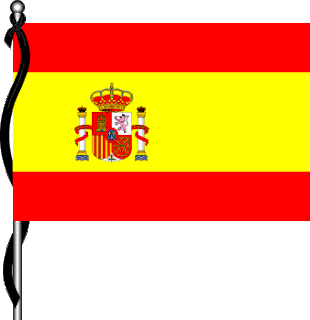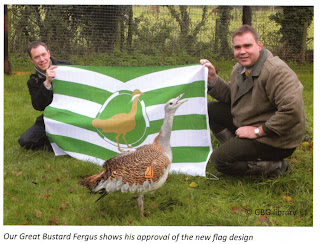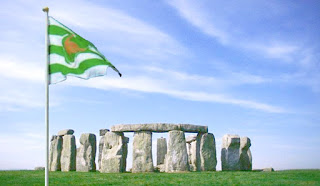
The third speaker on the London 2010 Spring Meeting was
Alexandru Dan
Mandru from Romania. His tone was serious and academic. It became obvious
Alexandru could offer a deep and wide range professional and philosophical views on the emerging science of
vexillology.
He gave his first
vexillological presentation at the 2007 International Congress of
Vexillology in Berlin, Germany. Since then he as been studying philosophy and communications at the Free University in Berlin.
His lecture was entitled
The Science of Vexillology. Alexandru started his
lecture with a formal history and introspective discussion of
vexillology, "since 1958, when Dr. Whitney Smith introduced the term
vexillology and it became part of the human heritage, a certain
obscurity has
surrounded the
limits of the words. Who is a
vexillologist? Is he or she a
collector and hobbyist? Or may he or she be scholar in this field?"
Mandru said.
Mandru continued, "We will try to find essential criteria, in order to properly define a science as a science and apply them to
Vexillology."
One idea expounded by
Mandru that stuck out in my mind or rather caused a cerebral communications explosion of
neurotransmitters (it resonated with me) was Mandru pointed out that, 'Whitney Smith stated that the ultimate purpose of
vexillology would be a better understanding among people,' as quoted from the Flag Bulletin# 191, page 4. With this statement
Mandru further explained that, "Consequently,
vexillology serves life because, in its final meaning and purpose, has an improvement of human relations and identity as goal." I interpreted this as basically saying
vexillology can bring a greater peace, harmony, and understanding in the world.
With my flag symmetry idea, it is also my hope that a new understanding between nations and peoples can sew an amazing thread of connectivity and understanding between nations. As odd as it may sound, to study the flag and story of an alien nation is also to study the flag and story of ones own nation.
Mandru's final thoughts on
vexillology were essentially a forecast on the future of this 'social science' that may or may not promote understanding between nations.
Vexillology is sort of in the 'hunter-gatherer' phase and it is now growing into the 'meta-
vexillological' phase. Like any '
ology' will grow with time.
You can read more about by clicking here: Alexandru Mandru






















